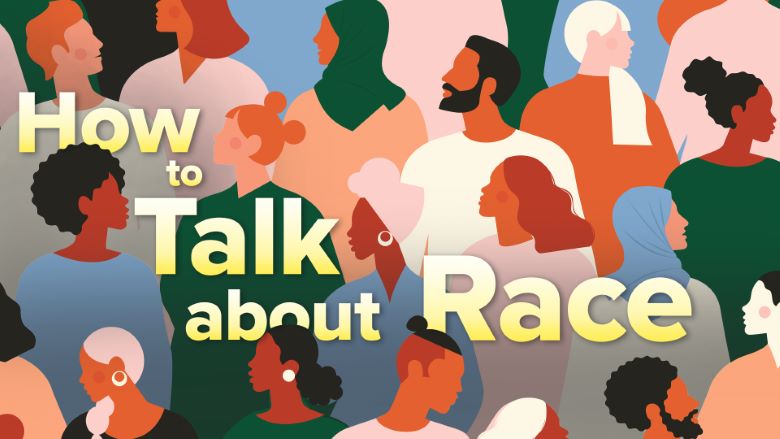در حال حاضر محصولی در سبد خرید شما وجود ندارد.

There was a time, not too long ago, when talking openly about race was considered in poor taste. If you had good manners, you just didn’t talk about politics, religion, or race—not with your family or friends, and certainly not with your coworkers. Even now, many people feel the topic of race is better left alone. What if we say something that’s misunderstood? What if we’re labeled a racist?
Professor Anita Foeman understands those worries. In How to Talk about Race, she addresses those specific concerns and others, giving common-sense guidance and step-by-step instructions you can employ to develop a safe and productive dialogue about race. Having spent her professional life researching, teaching, writing, and facilitating conversations about race, Dr. Foeman believes the ability to engage in a productive dialogue is an important start—even if we can’t solve every problem.
The Real Stories
It’s impossible to understand race and culture in the United States without listening to individuals tell their unique stories. After all, while groups of people have shared similar experiences, it isn’t until you hear a personal story that you can understand the human impact of race, beneath the gross generalizations.
In this course, you’ll meet many fascinating people who have agreed to share their stories. As you get to know them, you might realize that your assumptions about their lives—if you had made those assumptions based only on their race—would have been far afield from their actual lived experiences. Among the many individuals you’ll hear from in this course are:
Avoiding the Pitfalls
Maybe you’ve wanted to enter in discussions about race but have never known how to start. If you’re a person of color, you might want to talk to your white neighbors about the privilege you see them enjoying due strictly to their race, privilege they are possibly blind to. But should you? If you’re white, what’s the best way to engage with your white niece’s Black fiancé and his extended family? Is there anything you can say to them about race that won’t make you seem like a racist? Or is it best to just pretend that race doesn’t exist?
Dr. Foeman has heard all the above questions and more. In this course, you’ll learn why just pretending race doesn’t exist is not the best answer. You’ll also explore how to begin and continue the dialogues you want to pursue without ruining relationships in the process, getting yourself “in trouble” before you even know what happened. Dr. Foeman cannot promise complete comfort in these discussions, but she can help you avoid common pitfalls if you:
Walking the Talk
For many of us, learning how to talk about race in a calm and productive manner is a big step forward. Each positive interaction can bring a greater sense of peace and control into our lives. But what if you want to take an even bigger step forward, making a positive contribution to racial discussions at the community, regional, or even national levels? How can you build on the insights you’ve gained from this course?
Dr. Foeman points out many ways to join with others who want to make a positive difference in racial issues in our country. In particular, she highlights:
Whether you ever join a formal group or not, How to Talk about Race will help you make a difference. You will not only employ the skills you have learned in this course, whenever the topic comes up, but you will also see everything going on around you through this new lens of the possible. In fact, it’s safe to say you’ll never see things the same way again.
در این روش نیاز به افزودن محصول به سبد خرید و تکمیل اطلاعات نیست و شما پس از وارد کردن ایمیل خود و طی کردن مراحل پرداخت لینک های دریافت محصولات را در ایمیل خود دریافت خواهید کرد.